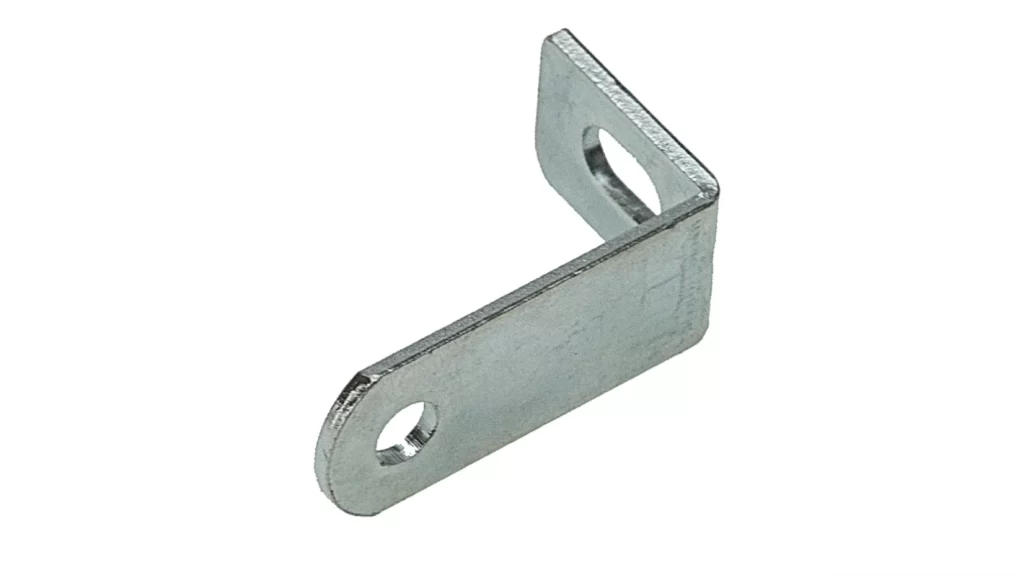
Certainly! Here are some additional details about brackets:
Materials:
Brackets can be made from a wide range of materials, including metal (such as steel, aluminum, or cast iron), wood, plastic, or composite materials. The choice of material depends on factors like the intended use, load-bearing requirements, desired aesthetics, and environmental conditions.
Mounting Methods:
Brackets can be mounted using various methods, including screws, bolts, nails, adhesive, or a combination of these. The specific mounting method depends on the bracket design, the materials being connected, and the intended load capacity.
Load-Bearing Capacity:
Brackets come in different sizes and designs to accommodate various load-bearing requirements. It’s important to consider the weight and forces that the bracket will need to withstand to ensure that it is appropriately sized and strong enough for the intended application.
Adjustable Brackets:
Some brackets offer adjustability, allowing for fine-tuning of the positioning or angle of the supported object. Adjustable brackets are commonly used in applications where flexibility or customization is desired, such as shelving systems or furniture assembly.
Installation Considerations:
When installing brackets, it’s important to follow proper installation guidelines and ensure secure attachment to the supporting structure. This may involve locating and anchoring the brackets to wall studs, ceiling joists, or other load-bearing elements. Proper installation helps ensure the stability and longevity of the brackets and the objects they support.
Specialty Brackets:
In addition to the common types mentioned earlier, there are specialty brackets designed for specific purposes. For example, there are brackets made for mounting electrical boxes, brackets for supporting handrails or staircases, brackets for attaching hardware to doors or windows, and more. These specialty brackets are designed to meet specific requirements and codes related to their intended applications.
Finish and Aesthetics:
Brackets are available in various finishes, including painted, powder-coated, plated, or natural metal finishes. The choice of finish depends on the desired aesthetics, corrosion resistance, and compatibility with the surrounding environment or decor.
When selecting brackets, it’s important to consider factors such as the load requirements, material compatibility, installation method, and any specific functional or aesthetic considerations for your project. Consulting with a professional or referring to manufacturer guidelines can help ensure the appropriate selection and usage of brackets.